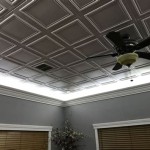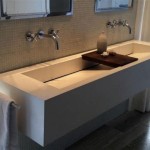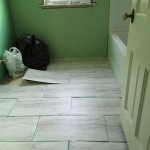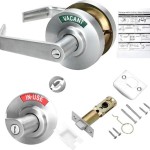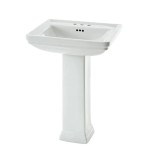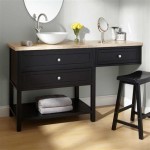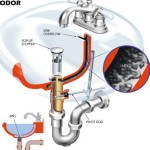How to Clean Mold from Bathroom Walls and Ceiling
Mold growth in bathrooms is a common problem, often stemming from high humidity levels and poor ventilation. It can appear as black, green, or white spots on walls, ceilings, grout, and even shower curtains. Not only can mold detract from a bathroom's aesthetic appeal, but it can also pose health risks, especially to individuals with allergies or respiratory issues. Fortunately, with the right approach and cleaning agents, mold removal can be effectively addressed.
Safety Precautions
Before tackling mold removal, it's crucial to prioritize safety. Mold spores can be airborne, potentially triggering allergic reactions or respiratory problems. The following precautions should be taken:
- Wear protective gear, including gloves, a mask, and eye protection.
- Open windows and doors for ventilation during and after cleaning to help dissipate spores.
- Avoid disturbing the mold as much as possible to prevent the release of spores.
- If you have any underlying medical conditions or experience respiratory issues, consult a medical professional before attempting mold removal yourself.
Cleaning Supplies and Preparations
To effectively clean mold, you'll need the following supplies:
- A spray bottle
- A scrub brush or sponge
- A bucket
- Bleach (undiluted or mixed with water, depending on the cleaning solution)
- White vinegar
- Baking soda
- Protective gear (gloves, mask, eye protection)
- A dehumidifier (optional, for long-term moisture control)
Once you have gathered your supplies, you can prepare the area by removing any loose or flaking mold with a scraper or vacuum cleaner. Ensure the area is well-ventilated, and remember to wear your protective gear.
Mold Removal Methods
Several methods can be employed for mold removal. The most common and effective methods are described below:
Bleach Solution
Bleach is a powerful disinfectant that can effectively kill mold. However, it's important to use it cautiously.
- In a well-ventilated area, mix a solution of one part bleach to ten parts water.
- Apply the solution to the affected area using a spray bottle.
- Let the solution dwell for 10-15 minutes.
- Scrub the affected area with a brush or sponge.
- Rinse the area thoroughly with clean water.
- Repeat the process if necessary.
Vinegar Solution
White vinegar is a natural mold killer and is generally considered safer than bleach. It can be used on most surfaces, but it may not be as effective on stubborn mold.
- Fill a spray bottle with undiluted white vinegar.
- Spray the affected area and let it sit for 30 minutes to an hour.
- Scrub the mold with a brush or sponge.
- Rinse the area thoroughly with clean water.
Baking Soda Paste
Baking soda is a mild abrasive that can help remove mold and neutralize odors. It's a good choice for gentle cleaning.
- Mix baking soda with water to form a paste.
- Apply the paste to the affected area and let it sit for 15-20 minutes.
- Scrub the area with a brush or sponge.
- Rinse the area thoroughly with clean water.
Always follow the instructions on any cleaning product labels, and use caution when handling chemicals. If you are unsure about the best cleaning method for your situation, consult with a professional cleaning service. After cleaning, thoroughly dry the affected areas to prevent mold from re-growing.

Bathroom Ceiling Mold Removal When To Clean Call Branch Environmental

Cleaning Mold From Bathroom Ceilings Like A Pro Lovetoknow

Don T Let Mould Take Over How To Remove It From Your Ceiling

How To Remove Mould From Your Bathroom Ceiling Cleanipedia Za

How To Remove Black Mold From A Bathroom Ceiling

Easy Way To Clean Mould Off Walls Ceilings Curtain Magic Remover

What Is The Best Way To Remove Mold From Bathroom Ceiling

Cleaning Mrs Hinch Fans Share Tips To Remove Ceiling Mould Express Co

How To Get Rid Of Mold In Bathroom 2024 Tips From Puroclean

Mold On Bathroom Ceiling How To Clean Off
Related Posts
